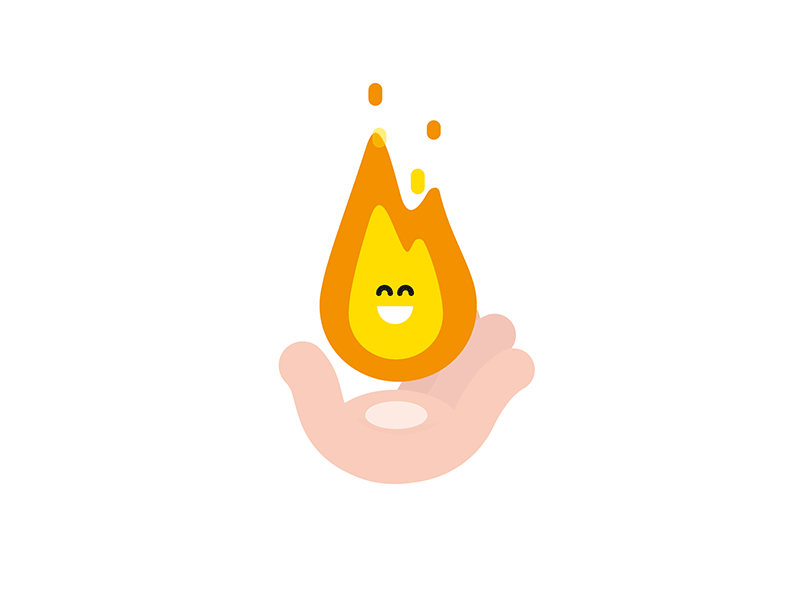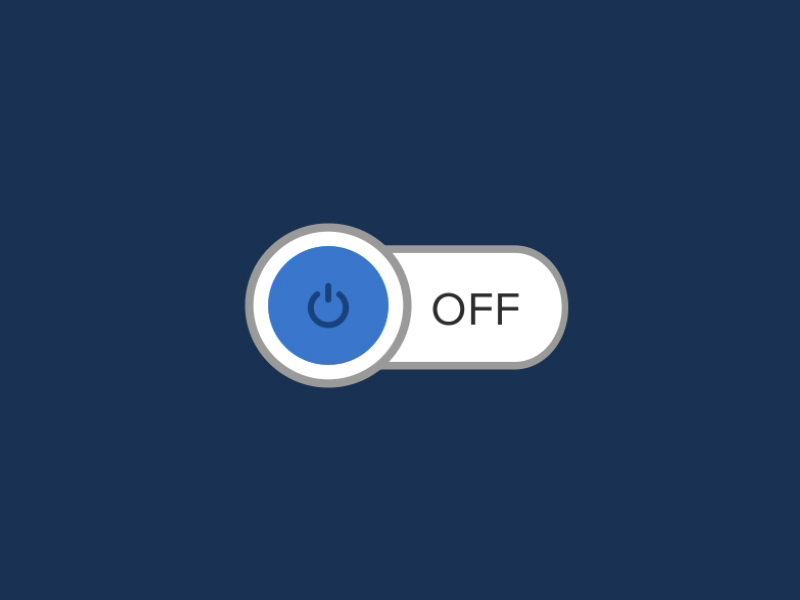Safety in the home.
- If you are the only person at home you should be really careful who you let in. Make sure you know who is at the door before opening – look through a window, shout. Only open the doors to people you know and are expecting.
- If you go outside make sure you have your key with you, and understand how the locks work. It’s not fun being locked out in the rain.
- Don’t start running a bath and leave it unattended
- Don’t cook anything that you haven’t practiced with someone else in the house
- Don’t leave cooking unattended
- Respect your neighbours – don’t play your music way too loud just because you want to
Fire
One of the main things to be aware of in the home is FIRE. By knowing these facts you can make your home safe for everyone that lives there.
FACT – Fire is one of the leading causes of accidental injury and death amongst under 18.
Burns
A burn injury can be life changing for anyone as well as their family.
If a person comes into hospital with a burn injury they may have to attend for a long time and often require frequent dressing changes in order to help the skin heal, this can be quite daunting.
Having a burn injury can affect a person in their daily activities and people often experience ongoing problems due to the effects of scarring.
A scar will change the appearance of a person’s skin forever and dependant on the size and severity can affect the way the body and limbs work. Burn injuries can affect people in different ways, they may start to feel isolated or depressed due to changes in their appearance from a burn.
FACT – As much as 30 minutes after being unplugged, hair straighteners can still severely burn and permanently scar delicate skin.
After use, switch off and unplug hair straighteners, then put them away to cool down out of reach and sight of children.
Fire risks of batteries and chargers explained
- How safe is your bedside table?
- Do you pop your phone on to charge before bed?
- Maybe you love to watch TV on your laptop or tablet in bed – plugged in to keep the screen bright, of course?
Let’s take a closer look at how many of us use everyday electrical items – and the fire risks many of us leave ourselves open to without realising it.
But first let’s start at the beginning…
What is a Lithium-ion battery?
Lithium-ion batteries or li-ion batteries (sometimes called LIBs) are the lightweight, rechargeable batteries that power our phones, laptops and cameras. They’re found in many electrical devices from mobility scooters to e-cigarettes, and are used safely by millions of people every day. However, there are some things you need to know when it comes to fire safety, chargers and batteries.
Are batteries dangerous?
When used properly, no. But batteries can present a fire risk when over-charged, short-circuited, submerged in water or if they are damaged. It’s really important to charge them safely too.
Top Tips.

Stop Charging

Put Out Flames
Put candles, incense sticks and oil burners out and never leave them burning when you are asleep.

Unplug

Turn Off
Check that your oven and all your hob rings are off – be sure, don’t just assume because the light is off.
